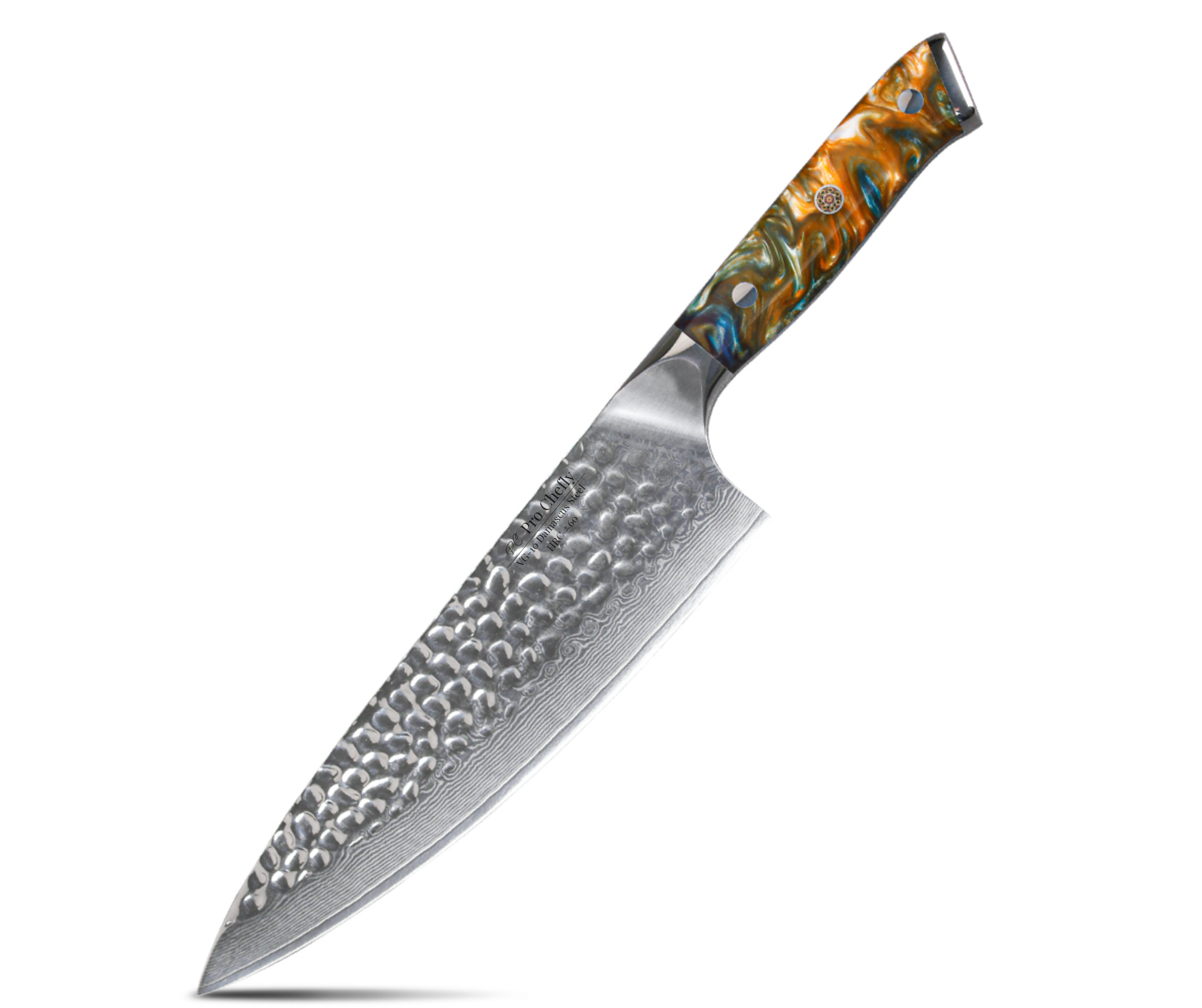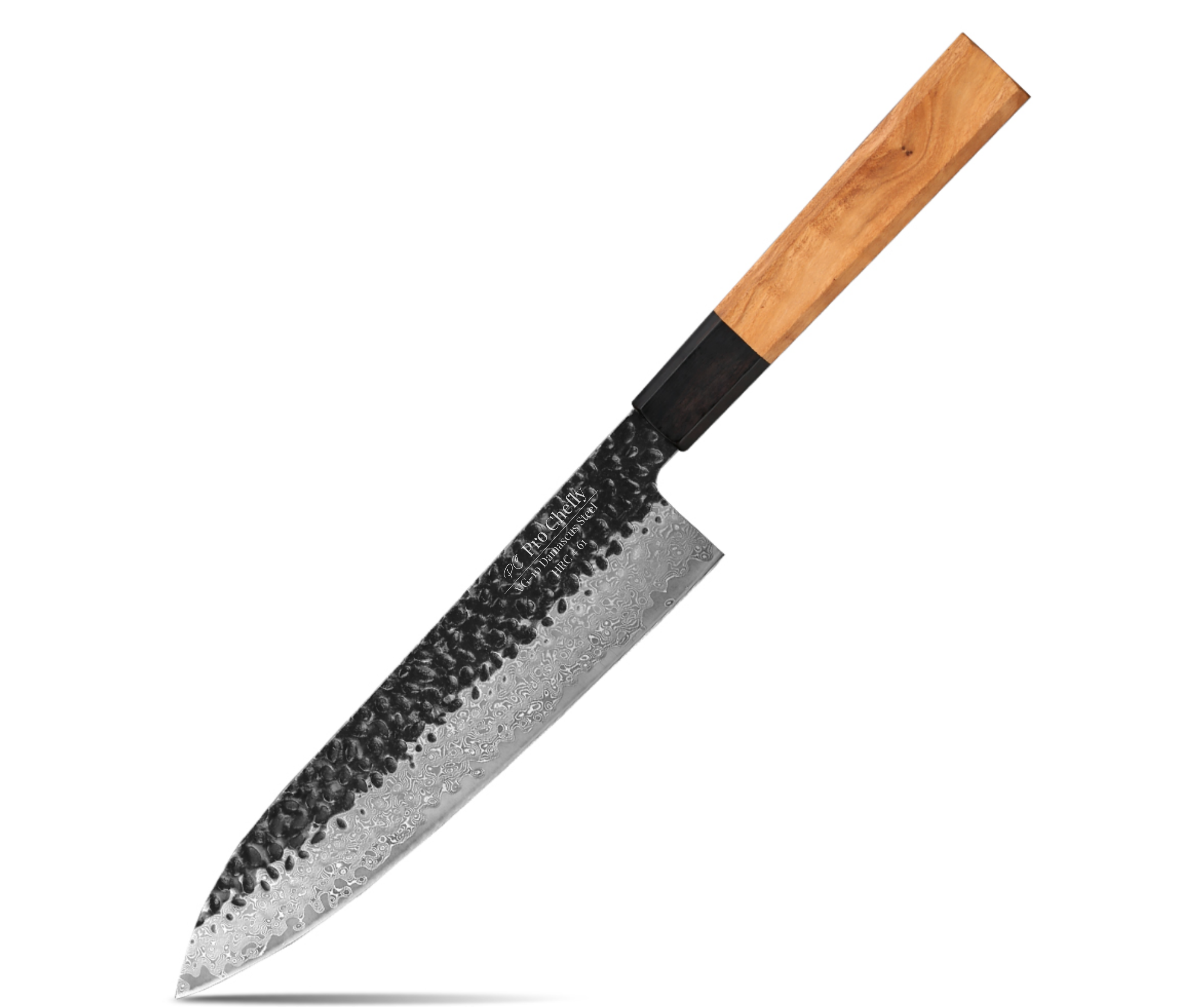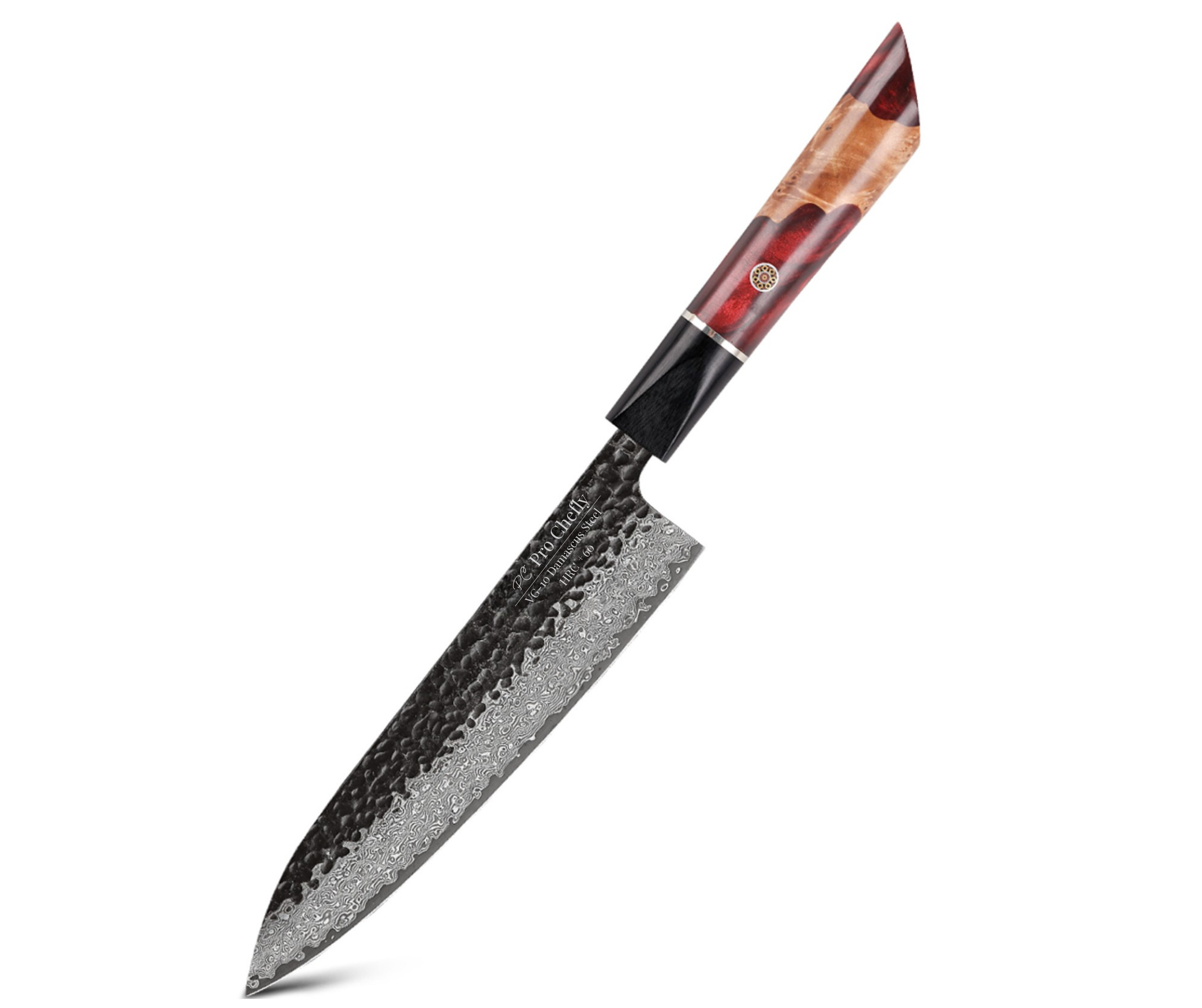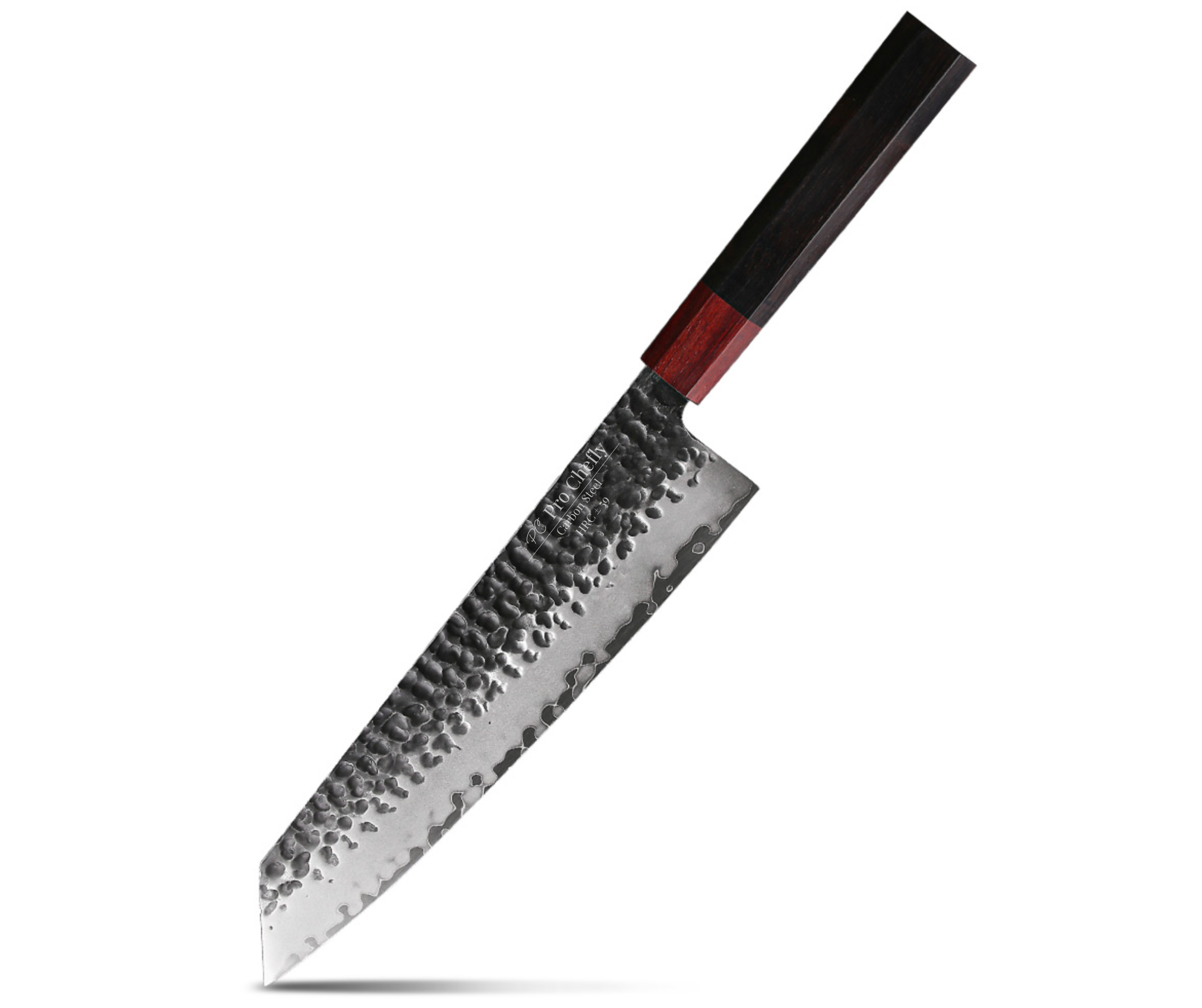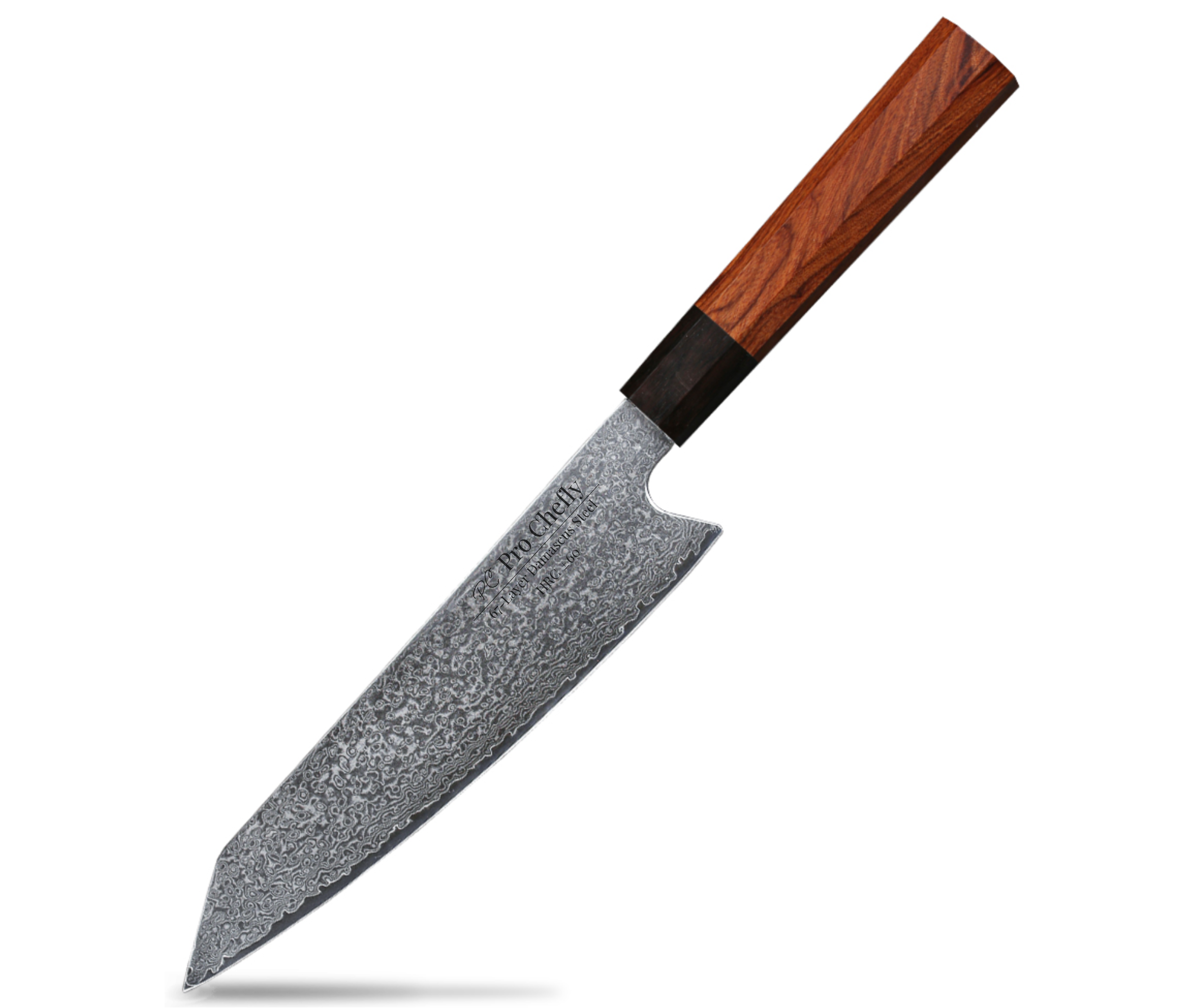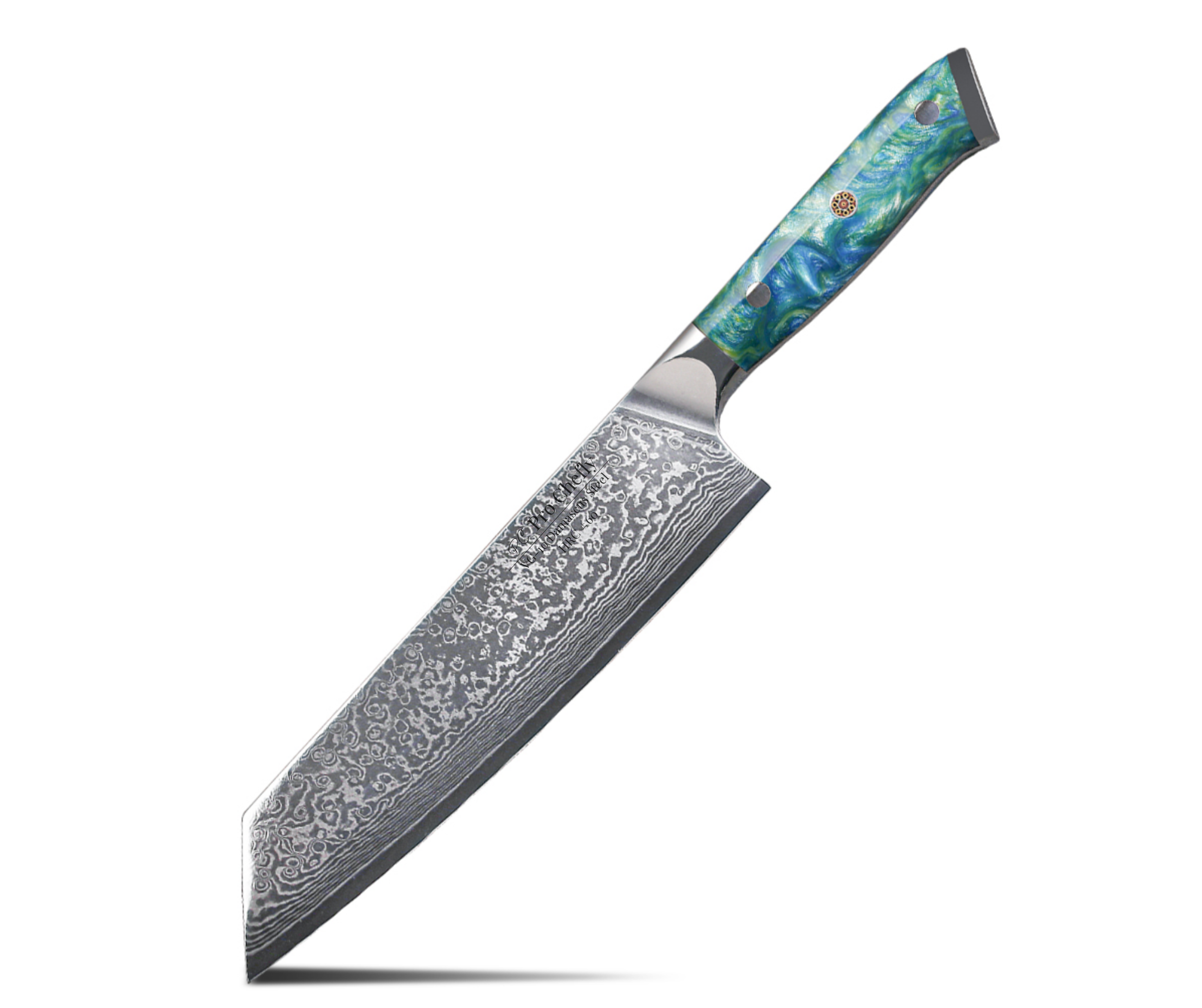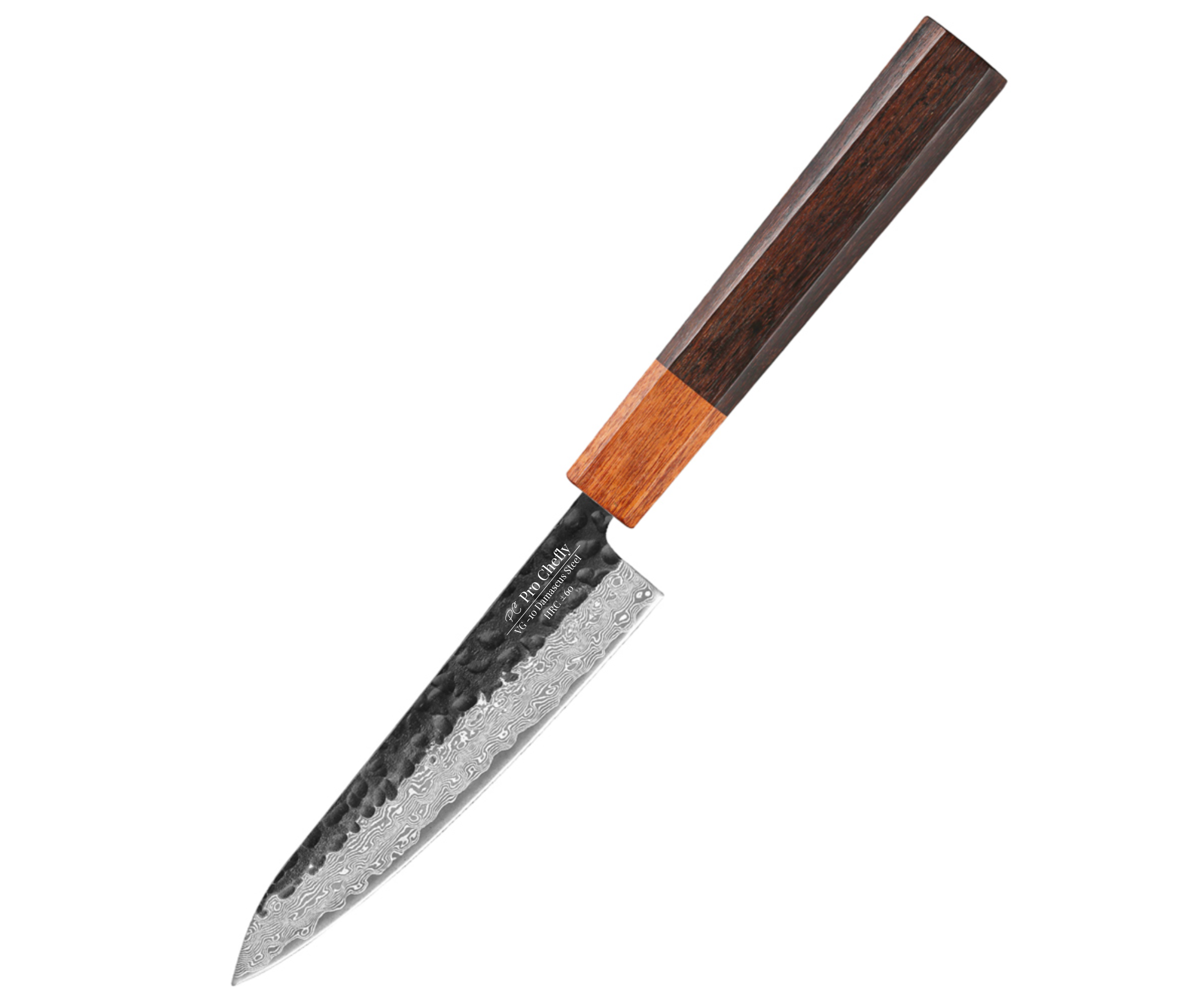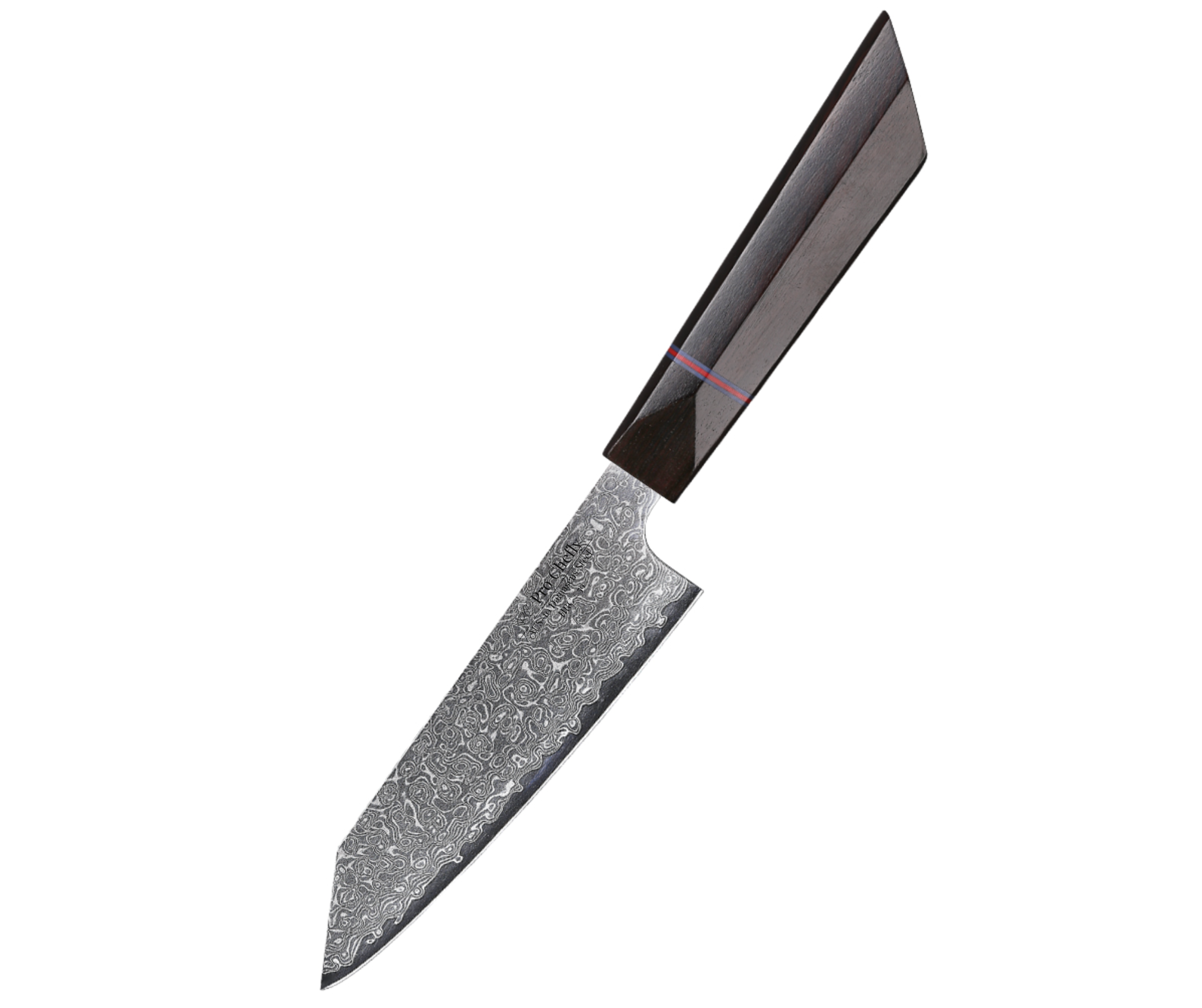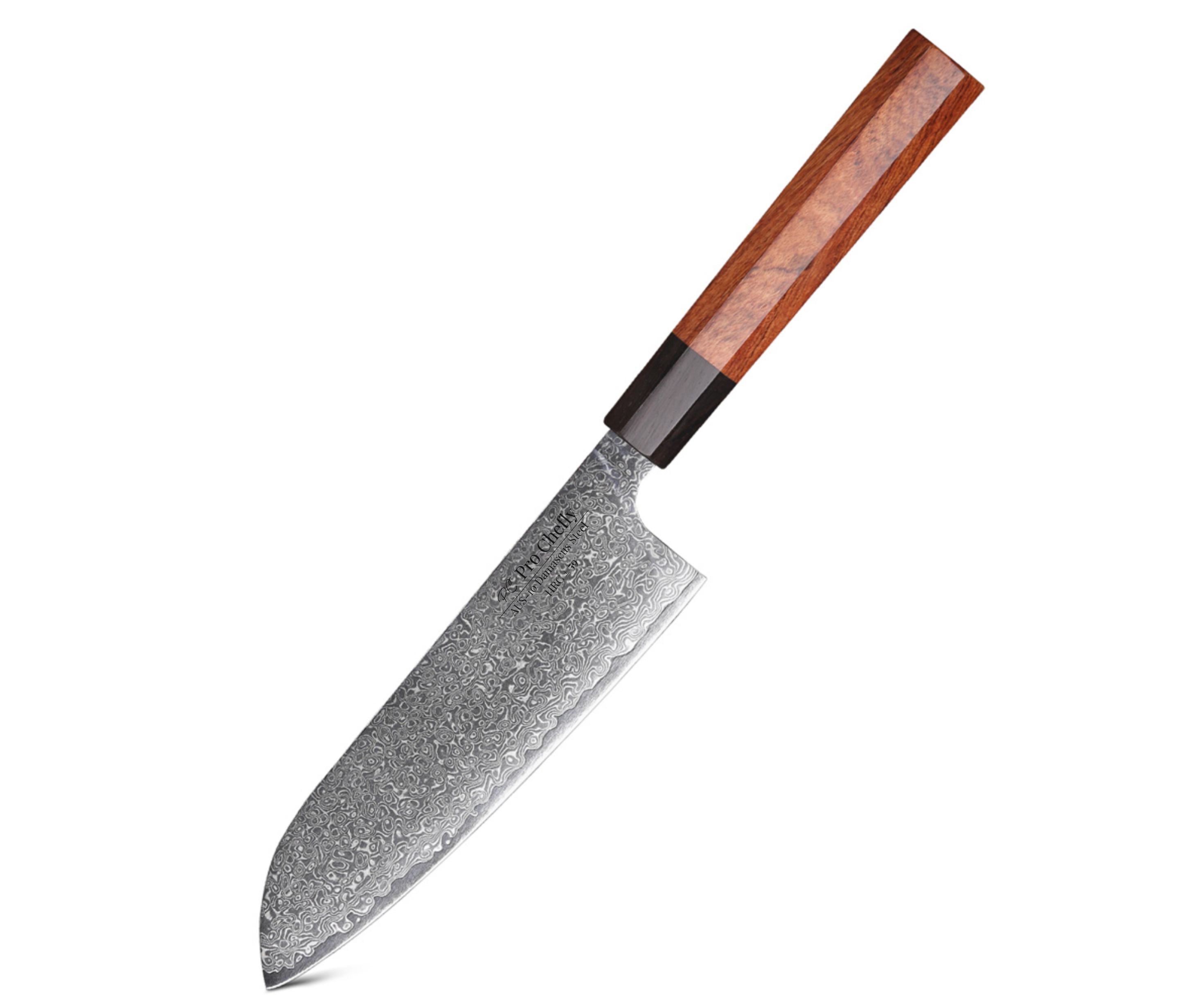Chef’s Overview
Dear Chefs, fall vegetables demand technique—delicate cubes of squash, thin slices of onions, and crisp apples all demand a blade that’s up to the task. This season, the age-old debate returns: Santoku or Western Chef Knife? Today, I’m walking you through exactly how these two Japanese and Western classics perform in real fall cooking, and which should live in your hand most of the time.

Core Design Differences That Matter
Santoku knives (the name means “three virtues”) are designed for slicing, dicing, and mincing. They often have straighter edges, less belly, and compact blades that reduce hand fatigue. Western Chef Knives feature a curved belly for rocking cuts and spine thickness that handles tougher cuts. As explained in What’s the Difference Between a Chef Knife and a Santoku Knife, the differences in shape and balance influence how each performs with fall ingredients.
Edge & Bevel Geometry
Santoku knives often sport thinner edges and more acute bevels (e.g., 15° per side), giving them sharper control when cutting veggies or soft meats. Western blades tend toward thicker bevels (20° or hybrid angles), favoring durability when chopping through tougher items like squashes or root vegetables.
Blade Weight and Balance
Western Chef Knives deliver heft and chopping force, while Santoku knives are lighter and feel nimble. In the long hours of autumn prep, that difference in weight can translate to comfort or fatigue depending on your style.
How Fall Cooking Highlights the Differences
With fall cooking, you’re often tackling dense root veggies, soft fruits, and fibrous squash. How each knife handles those challenges reflects its design strengths.
Root Vegetables and Squashes
For dense items like butternut squash or carrots, the Western Chef Knife’s sturdier spine gives you power to push through. The 8" VG-10 Damascus Chef Knife shines here. But when portioning smaller pieces, the lighter 7" VG-10 Damascus Santoku Knife glides through with precision and reduced strain.
Soft Fruits and Garnishes
When slicing apples, mushrooms, or herbs, the Santoku’s thinner profile and sharper edge let you apply less downward pressure and make cleaner cuts. The 5" VG-10 Damascus Petty Knife also helps navigate detail work that your main blade can’t.
Onion and Mincing Work
For dicing shallots, garlic, or onions, Santoku’s straighter edge allows cleaner cuts and less drag. But the curved belly of a Chef Knife smooths the rocking motion for consistent scheduling over large volume prep.
Choosing the Right Blade for Your Style
If your kitchen is filled with veggie-heavy recipes, sides, and garnishes, a Santoku Knife becomes your daily driver. For more protein work, tough vegetables, or roasts, the Western Chef Knife provides backup force. Many chefs use both in tandem—each taking the tasks they perform best at.
Favorite Pro Chefly Pairings
-
Use the 7" VG-10 Damascus Santoku Knife for routine vegetable sprints, garnishes, and lighter cuts.
-
Keep the 8" VG-10 Damascus Chef Knife close for heavier prep, bones, and tougher ingredients.
-
The 7" Nakiri Knife adds punch for quick vegetable slicing.
-
The 8.5" VG-10 Damascus Kiritsuke Knife bridges utility and style when prepping for presentation.
The Final Cut – Cut with Confidence
Dear Chefs, fall is about variety—squash, root veggies, apples, herbs, and hearty proteins. The Santoku offers precision and lightness, while the Chef Knife delivers power and steadiness. The best kitchens embrace both: sharpen your craft, know your blades, and let your hands choose which instrument to trust. After all, knives aren’t just tools—they’re companions you live with, and instruments that define your style in the kitchen.
Knife Collections
Shop the latest in Pro Chefly Damascus Knives
Chef's Notes
Stay up to date with the latest kitchen stories and recipes

- December 05, 2025
Dear Chefs, the holidays deserve a dish that feels slow, soulful, and unforgettable — and few things capture that spirit...

- November 30, 2025
Dear Chefs, there is something unmistakably comforting about bread pudding in November — the way the custard soaks into the...

- November 25, 2025
Dear Chefs, there is something special about roasted carrots in the fall — the way they caramelize, the way their...

- November 20, 2025
Dear Chefs, there is something magical about fall stuffing, especially when pumpkin and sage join the party. The aroma alone...

- November 15, 2025
Dear Chefs, November has a rhythm of its own — a slower pace, a softer light, and a craving for...

- October 31, 2025
Dear Chefs, fall baking is a ritual — the scent of cinnamon in the air, pecans roasting low and slow,...
- Choosing a selection results in a full page refresh.
- Opens in a new window.
